
01 Jan 1980

Railway Station
Warsaw's Central Railway Station. 'Someone has fallen asleep, someone's waiting for somebody else. Maybe they'll come, maybe they won't. The film is about people looking for something.
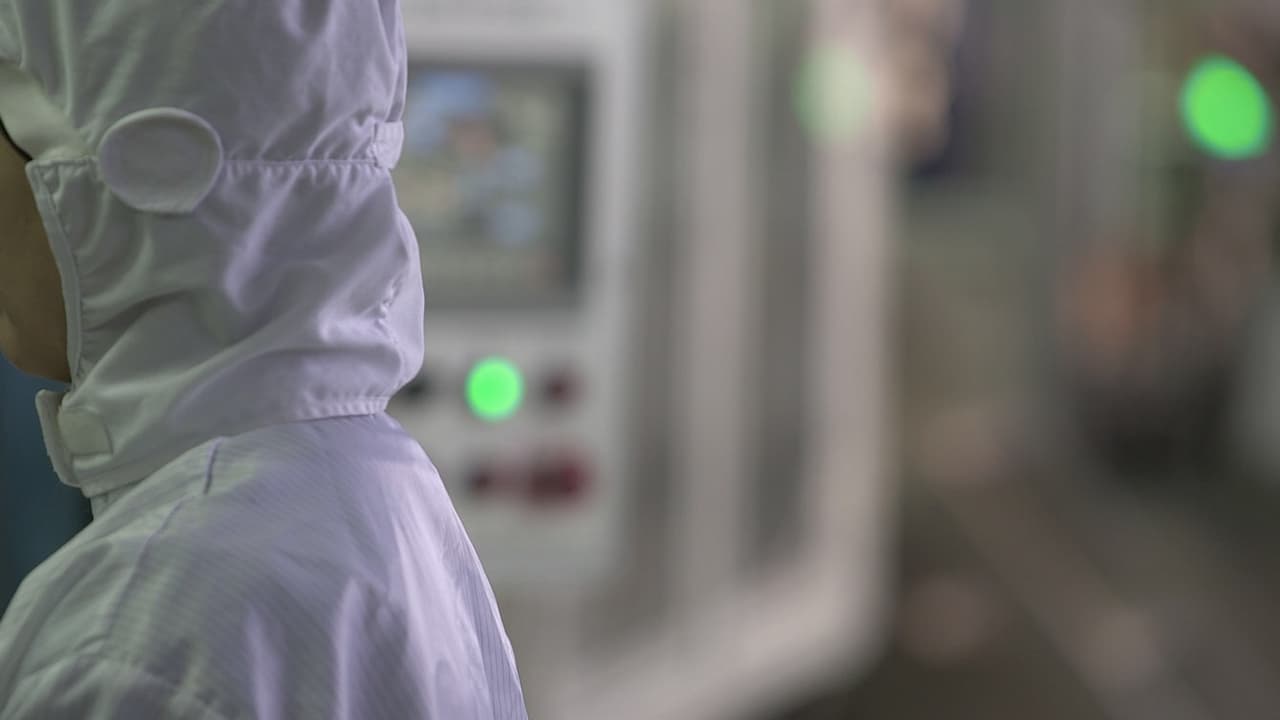
The drastic economic development in South Korea once surprised the rest of the world. However, behind of it was an oppression the marginalized female laborers had to endure. The film invites us to the lives of the working class women engaged in the textile industry of the 1960s, all the way through the stories of flight attendants, cashiers, and non-regular workers of today. As we encounter the vista of female factory workers in Cambodia that poignantly resembles the labor history of Korea, the form of labor changes its appearance but the essence of the bread-and-butter question remains still.
Self

01 Jan 1980

Warsaw's Central Railway Station. 'Someone has fallen asleep, someone's waiting for somebody else. Maybe they'll come, maybe they won't. The film is about people looking for something.

22 Mar 1895

Working men and women leave through the main gate of the Lumière factory in Lyon, France. Filmed on 22 March 1895, it is often referred to as the first real motion picture ever made, although Louis Le Prince's 1888 Roundhay Garden Scene pre-dated it by seven years. Three separate versions of this film exist, which differ from one another in numerous ways. The first version features a carriage drawn by one horse, while in the second version the carriage is drawn by two horses, and there is no carriage at all in the third version. The clothing style is also different between the three versions, demonstrating the different seasons in which each was filmed. This film was made in the 35 mm format with an aspect ratio of 1.33:1, and at a speed of 16 frames per second. At that rate, the 17 meters of film length provided a duration of 46 seconds, holding a total of 800 frames.
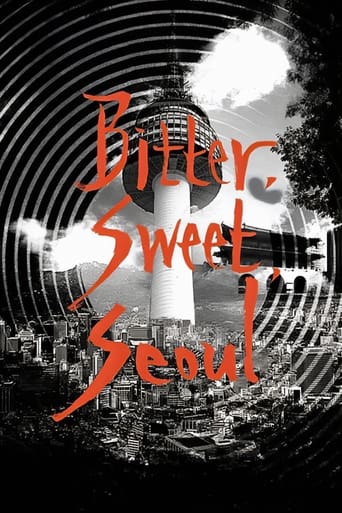
10 Feb 2014

Over 98 days from August 20th to November 25th 2013, 2821 people from around the world sent 11,852 video featuring many different faces of Seoul. 154 were selected, edited, and made into a movie.
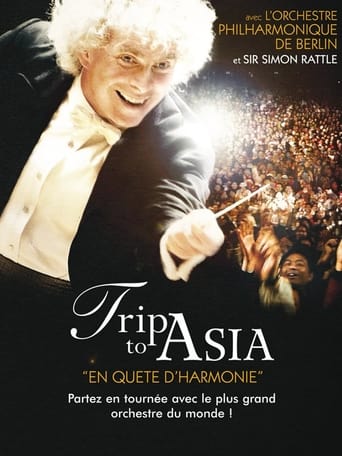
28 Feb 2008

Journey with the musicians of the Berlin Philharmonic and their conductor Sir Simon Rattle on a breakneck concert tour of six metropolises across Asia: Beijing, Seoul, Shanghai, Hong Kong, Taipei and Tokyo. Their artistic triumph onstage belies a dynamic and dramatic life backstage. The orchestra is a closed society that observes its own laws and traditions, and in the words of one of its musicians is, “an island, a democratic microcosm – almost without precedent in the music world - whose social structure and cohesion is not only founded on a common love for music but also informed by competition, compulsion and the pressure to perform to a high pitch of excellence... .” Never before has the Berlin Philharmonic allowed such intimate and exclusive access into its private world.

09 Nov 2022

In the heyday of the jute industry, millions of people in Bengal made their living doing this laborious work, which has hardly changed since the industrial revolution. The 100-year-old machinery has been endlessly repaired. State aid kept this sustainable alternative to plastic going, but its future looks bleak.

01 Jan 1989

A documentary covering the 1988 Summer Olympic Games in Seoul.

03 Sep 2004

In suburban Buenos Aires, thirty unemployed ceramics workers walk into their idle factory, roll out sleeping mats and refuse to leave. All they want is to re-start the silent machines. But this simple act - the take - has the power to turn the globalization debate on its head. Armed only with slingshots and an abiding faith in shop-floor democracy, the workers face off against the bosses, bankers and a whole system that sees their beloved factories as nothing more than scrap metal for sale.
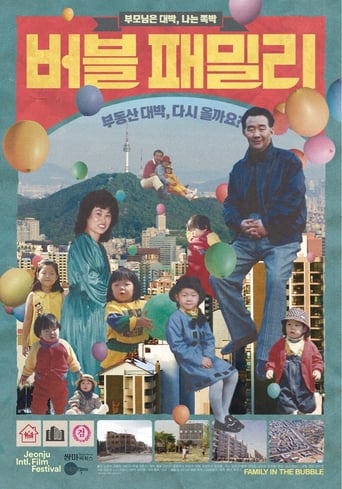
20 Dec 2018

My parents were real estate developers and dealers in the 1980s. They achieved the ‘middle class dream’ thanks to the development boom. However, the Asian financial crisis swept everything away.

09 May 2025

Every year, many Asian workers arrive in South Korea with dreams of prosperity, only to face exploitation in what is known as the 'City of Machines.' This documentary follows three Nepali workers as they endure harsh realities while reclaiming their dignity through poetry.
![ATEEZ WORLD TOUR [TOWARDS THE LIGHT : WILL TO POWER] IN CINEMAS](https://image.tmdb.org/t/p/w342/hhh0aaPabgPhK6t01eSy87A2NnJ.jpg)
07 May 2025
![ATEEZ WORLD TOUR [TOWARDS THE LIGHT : WILL TO POWER] IN CINEMAS](https://image.tmdb.org/t/p/w342/hhh0aaPabgPhK6t01eSy87A2NnJ.jpg)
Kicking off in Seoul in January 2024, ATEEZ’s monumental world tour, TOWARDS THE LIGHT : WILL TO POWER, ignited Japan, North America, Europe, and beyond with unstoppable energy. Now, its breathtaking opening chapter returns, reborn on the big screen. From powerful performances of signature hits like "WONDERLAND (Symphony No.9 “From The Wonderland”)”, "Crazy Form", "Say My Name", and "Guerrilla" to mesmerizing unit and solo stages showcasing each member’s unique color, ATEEZ’s overwhelming energy takes over SCREENX, 4DX, and ULTRA 4DX where available. The voyage towards the light sets sail once again!
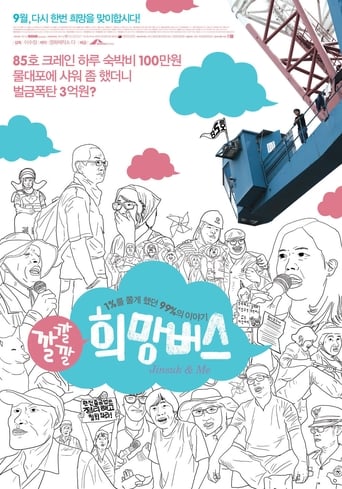
27 Sep 2012

I have been pretty satisfied with my life before I got on the bus. When I do in June 2011, my whole life turns upside down. I am just a regular passenger at first. Like other people I was sorry, and felt obliged to help and care for other passengers. Then I begin to film these common heroes with my camera. Those who speak about hope, who provide it and get on the bus, Ms. Kim Jin-suk, and other crane laborers who risk their safety while demonstrating for their rights on high. She, while stationed insecurely on high, begins interacting with the world through Twitter and makes friends. Then I realize I really love her. Will we have her back safely?

17 Sep 2021

After consolidating itself as a tourist destination in the mid-1960s, this small coastal village has become the dormitory town for the workers of a Nuclear Power Plant. With the liberal promise of prosperity and socioeconomic wellfare, many workers left their homes to move to the small city and started working at the new Nuclear Power Plant. The collective unrest and the silence, cut off by the great gusts of wind, articulate the landscape of the village that is now under the aid of the Nuclear Power Plant.
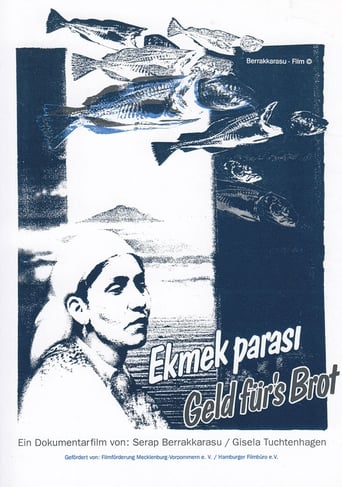
01 Jan 1994

Women from Turkey and Mecklenburg are working together side-by-side at a fish-processing factory in Lübeck. As they work, they share stories about their lives, including their sorrows, griefs, hopes, and dreams, while expressing their longing for home and feelings of being lost in a foreign place.
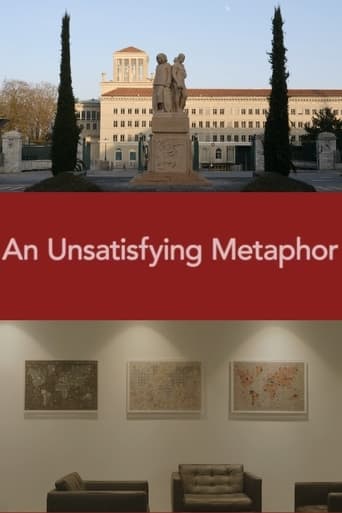
25 Jun 2020

Documentary about the history of 20th century globalization through the lens of the World Trade Organization's changing art collection; from works of human subjects showcasing the potential of dignified labor, to their replacement with abstract maps and grids for the valorization of the modern trade system.
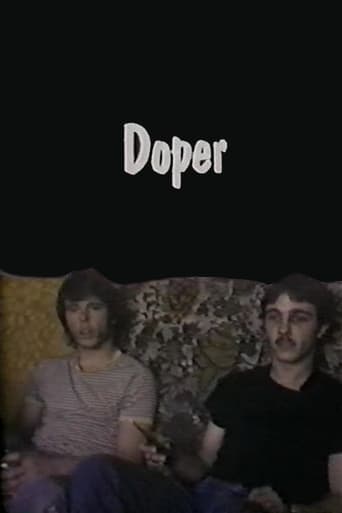
01 Jan 1987

Documentary following some stoner friends over the course of roughly a day. Featured here is Bill, a guy who got kicked out of the Marines for doing dope steadily for six years (I'm not gonna do it forever--or maybe I will, who knows?) and Barry, a forklift-driving doper who wins the Employee of the Month plaque while stoned (Live for yourself--live today and then worry about tomorrow when it gets here--that's the way I go).

11 Dec 2013

No overview found
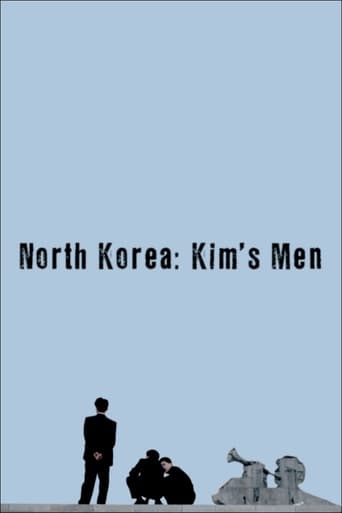
23 May 2018

North Korea has nuclear weapons. How did it manage to get them quietly? Donald Trump is under the impression that as US president he could convince Kim Jong-un, the North Korean leader, to disarm his nuclear weapons and make peace with South Korea. But how was it possible that one of the poorest countries in the world could acquire the knowledge to produce nuclear-tipped rockets?

11 Jan 2023

We no longer see children running around playing in the alleys of Seoul. Starting from elementary school, children go to private classes after their school. However, we see these people who are making efforts to protect children’s right to be a child and play like a child.

02 Jan 1947

A look at a family living in Stoke-on-Trent in the 1940's and what it's like working in the pottery factories that Stoke is famous for.
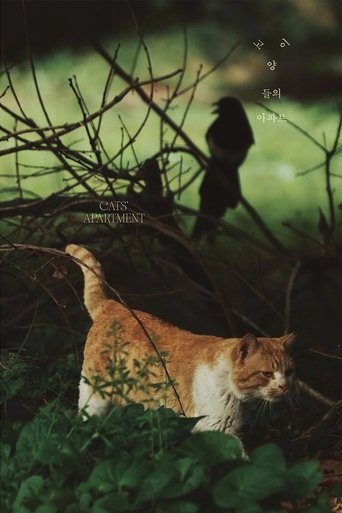
17 Mar 2022

At the eastern end of Seoul, in a huge apartment complex, it has long been a paradise for cats and people to run around and give love and joy together. However, there are people who are worried about cats who are not leaving the place which will be demolished soon, ahead of reconstruction. "I want to ask. Do you want to keep living here?" For the happy farewell of cats and people, a beautiful struggle begins!